Heart attack: rapid test enables rapid therapy
All content is checked by medical journalists.MunichA new blood test reveals a heart attack hours earlier than previous methods. The test detects the protein cMyBP-C in the blood, which is increasingly secreted by the dying heart muscle. A study by American researchers showed that the protein molecules can be found in increased numbers in the blood just 30 minutes after the infarction. That could save lives.
"This is a potentially ultrafast biomarker that shows whether a patient has had a heart attack or not," explains senior author Sakthivel Sadayappan of Loyola University in Chicago.
Fast way to therapy
The scientist and his team examined the cMyBP-C levels in the blood of 176 heart attack patients and compared them with those of a control group of 153 people without heart problems. They found that the value of the protein in the heart attack patients was 18 times higher than in the participants with healthy heart.
Previous tests on pigs had already shown that the protein was increasingly detectable in the blood just half an hour after an artificially induced infarction. The protein reached its highest value four to six hours after the damage to the heart muscle.
"The rapid diagnosis of a heart attack enables an earlier start of therapy and can thus reduce the mortality rate," the researchers write. Since the amount of cMyBP-C fluctuates strongly, studies with larger numbers of participants are still necessary in order to be able to make reliable statements.
Slow tests
The most common method currently used to diagnose a heart attack is an EKG. However, the typical changes are often only visible some time after the heart attack. Another possibility is the detection of the protein troponin-I in the blood. But this does not appear in the blood until four to six hours after the infarction.
During a heart attack, a clot blocks one of the blood vessels that supply the heart muscle. The aim of therapy is to reopen the vessel as quickly as possible. This is done with the help of drugs that dissolve the clot or with the help of a catheter. The faster the blood flow is restored, the less heart muscle tissue dies. (cf)
Source: Diederik W. D. Kuster et al .: Release kinetics of circulating cardiac myosin binding protein-C following cardiac injury, American Journal of Physiology - Heart and Circulatory Physiology, Published 15 February 2014, Vol. 306no. H547-H556DOI: 10.1152 / ajpheart.00846.2013
Tags: therapies drugs smoking

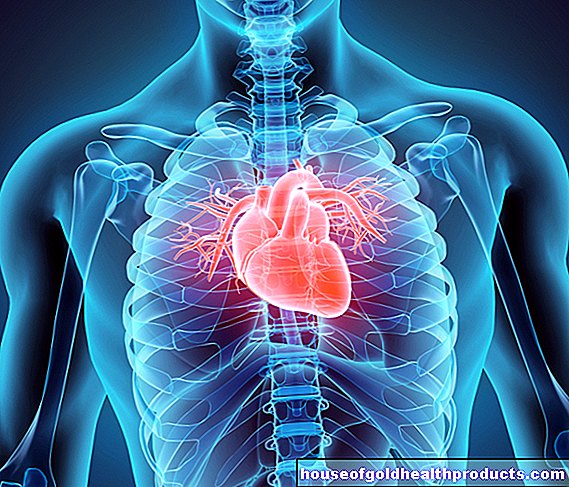
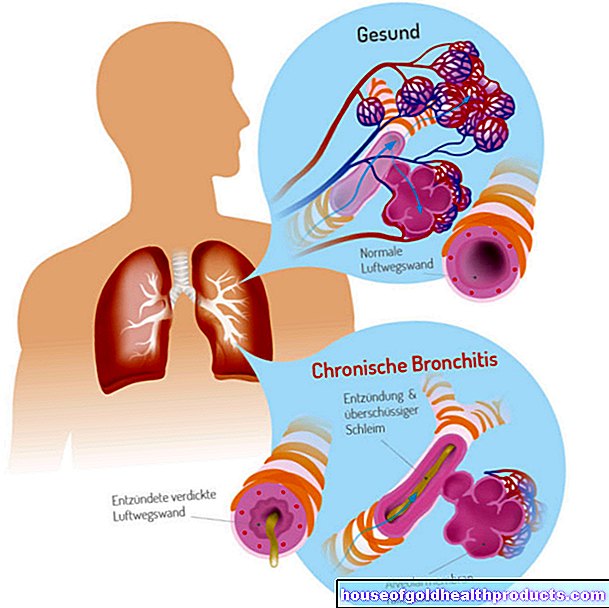



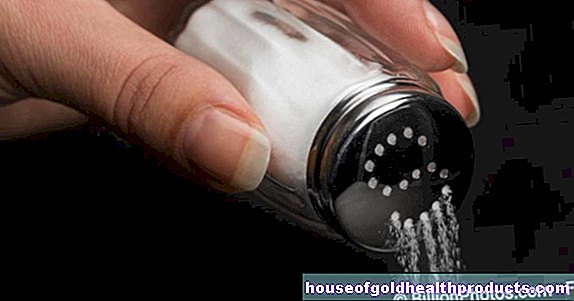



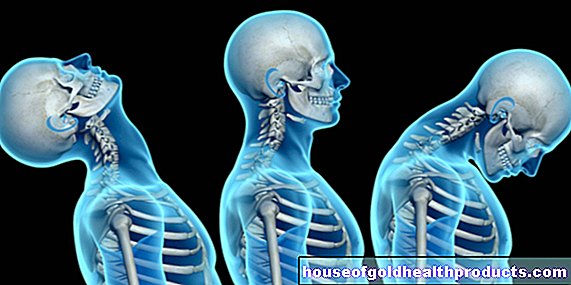



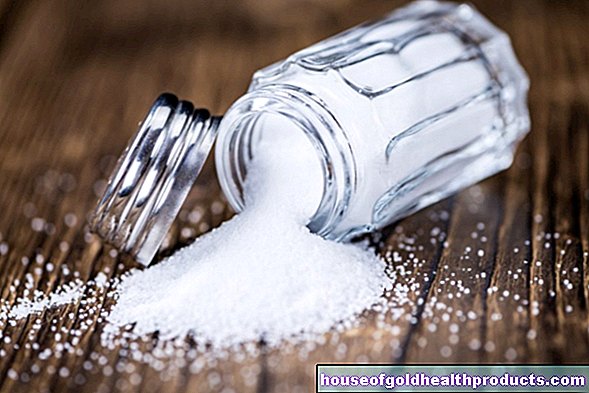



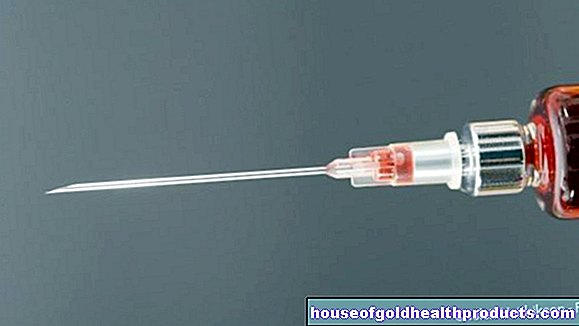



.jpg)






